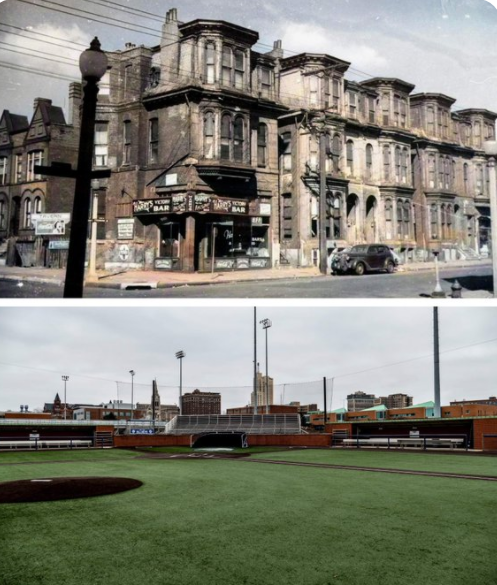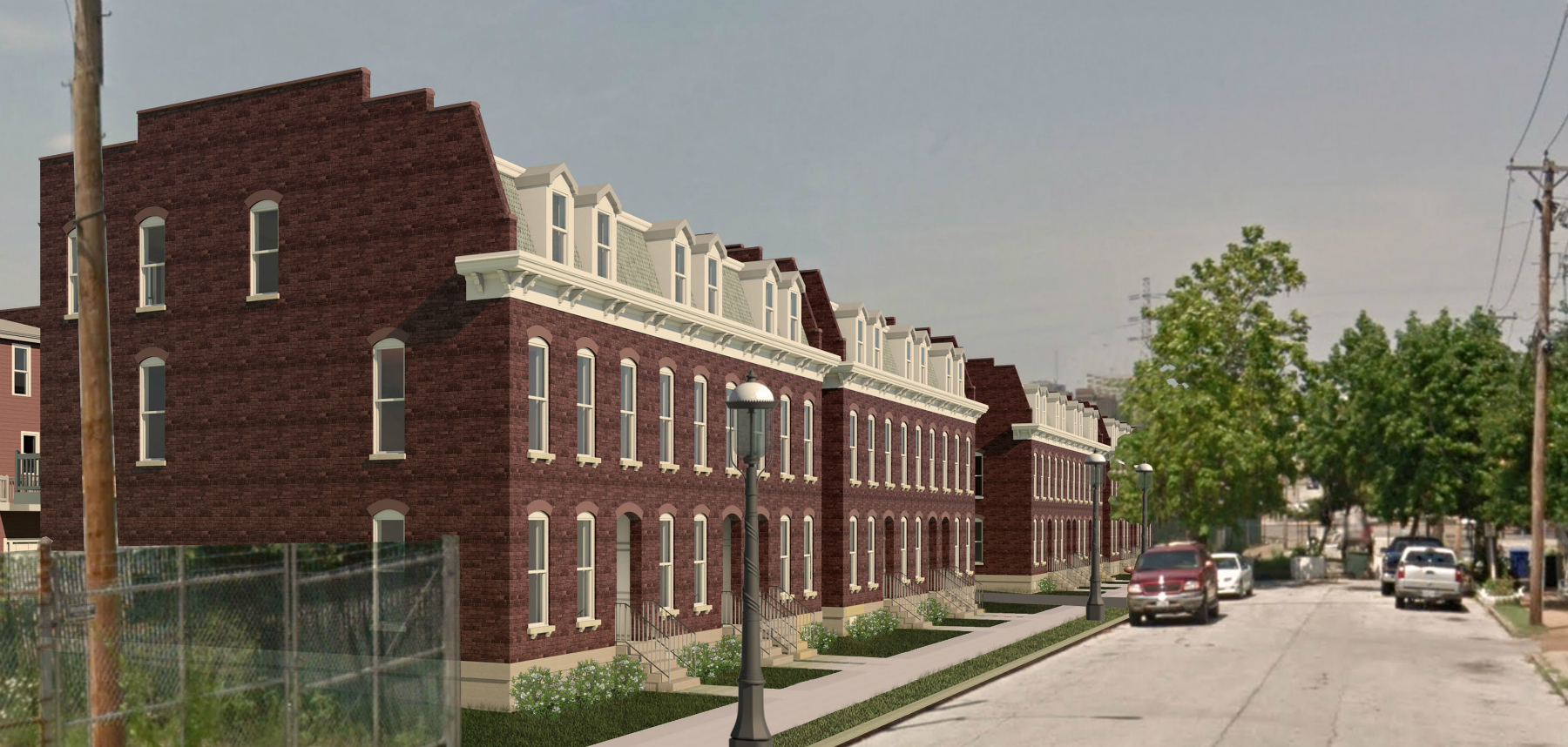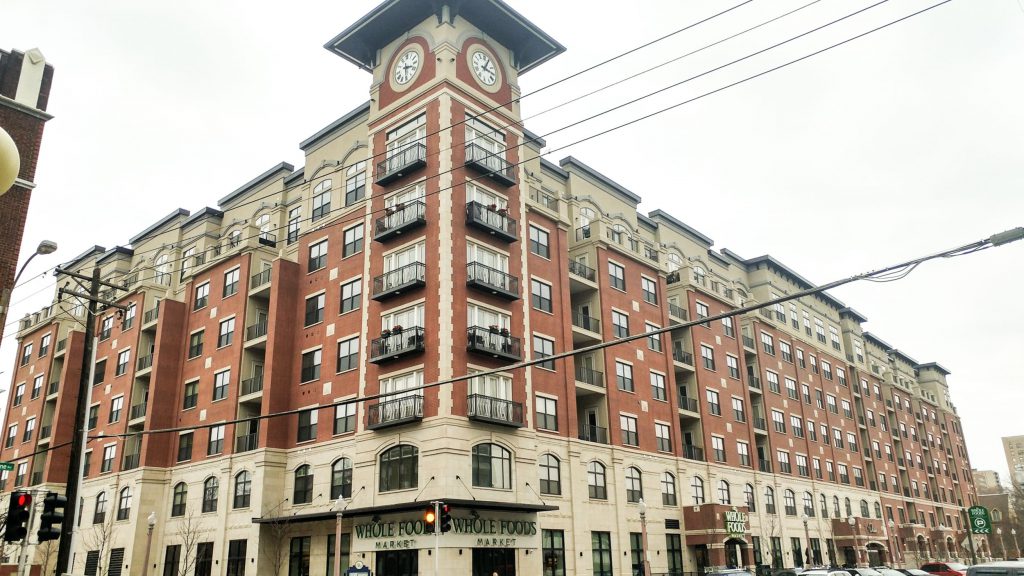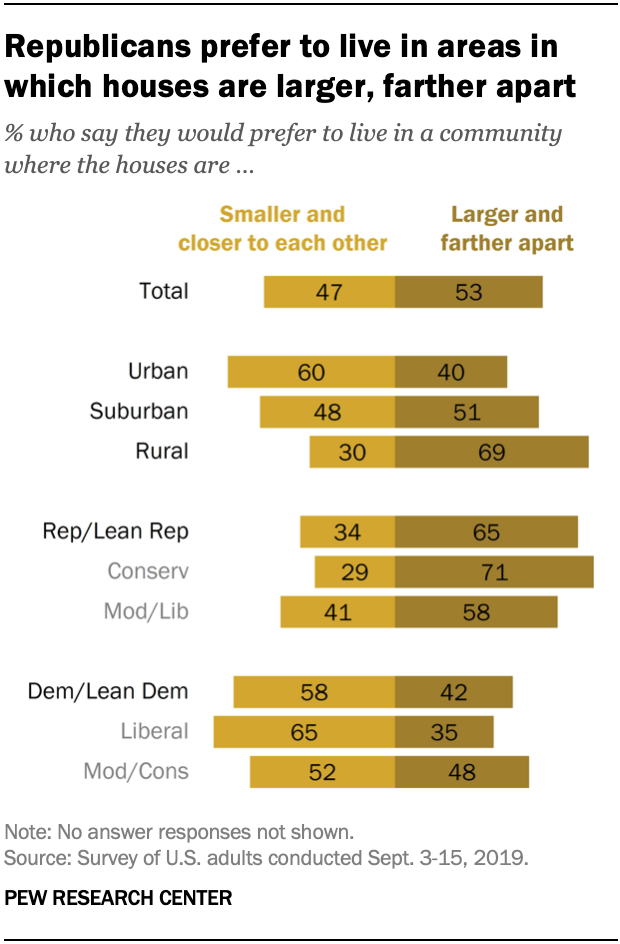At Downtown’s Edge: The Circumstance For Rapid Very low Rise Development

Downtown St. Louis is, at the moment, equally the region’s finest and most underutilized asset. It has weathered a violent century. The removal of downtown adjacent neighborhoods was catastrophic to the city’s main health. The aged riverfront, adorned with forged iron facades, was raised beginning in the 1930s. Just north, Carr Square, property to generations of immigrants and stunning households one might come across these days in Lafayette Square, was leveled all around the exact same time citing overcrowding and health fears as the city’s lung block. On the western edge of downtown, Mill Creek Valley was the single major city clearance undertaking in the nation, tearing down mansions, charming rowhouses, a thousand enterprises, and displacing 20,000 mostly Black citizens. To the south, the Kosciusko neighborhood met the identical destiny. Deep Morgan and Chestnut valley, way too.
In a span of about 25 yrs, a town core that rivaled the good American cities of the time was hollowed out. This, of study course, was occurring in other metropolitan areas, too. But St. Louis arguably had it worse than any other metropolis in the nation. Downtown St. Louis boosters had advocated for this huge scale clearance.
As Walter Johnson notes in his e book The Damaged Coronary heart of The united states, the destruction of beautifully excellent buildings in the title of progress intended a reduction in housing and business supply. Rent Seekers saw this as imperative to prop up income margins. Moreover, boosters also considered – along racial and class lines – the neighborhoods encompassing downtown as becoming slums that diminished the desirability of organization to work there. In the finish, Downtown St. Louis boosters had been left with expanses of vacant land all around their ageing downtown, a fact that cripples St. Louis to this day.

@rrconstructor on Instagram
A Damaged Guarantee
Now, St. Louis residents are disconnected from their downtown. on the riverfront, the Gateway National Park sits lush and eco-friendly, but with just the Previous Cathedral as a reminder of what when was. To the north, Carr Sq. and Columbus Square provide economical housing at a affordable density, but are practically nothing in contrast to what was once there. Also, these neighborhoods lack enough professional offerings and are mostly lower profits. Nonetheless, there is a federal grant for Carr Sq. to develop a far more mixed-use and blended-earnings community. Additionally, Columbus Square has area for infill to recognize a very similar long run. Outdated North does already seize the spirit, though, and is a shining instance of grassroots good results.
To the south, Peabody Darst-Webbe shares a equivalent narrative when the area south of Busch Stadium serves as very little more than overflow parking for the baseball club on gamedays. Lasalle Park sits like an island, slice off from Soulard by the freeway, however architecturally unique from its nearby neighbors contemplating its aged brick. Kosciusko by no means met the guarantee created by the wrecking ball when only 1.6% of the projected redevelopment happened. These days, it is a disappointment of an industrial park. Soulard was spared and Lafayette Sq., way too. However, their rarity in the wake of malevolent renewal has intended that these neighborhoods have develop into some of the far more expensive sites to dwell in St. Louis. Increasingly, affordability slips away.
To the west, Mill Creek Valley has become a highway, sports activities fields for two schools, and a Wells Fargo Advisors HQ. No 1 truly life there any more, and it demonstrates. Jeff Vanderlou (JVL) is perhaps the best reminder of what Mill Creek Valley as soon as was as 19th century advancement didn’t care for the Delmar divide. Still, JVL is a prolonged neglected community that poorly demands equitable expense to be saved right before it is much too late.

The neighborhoods bordering downtown ended up leveled with the assure of renewal. this promise was at best a silly believed experiment and at worst a violent campaign.
A Path Ahead
A significant part of the motive that downtown feels underutilized is that the town taken out so lots of of the communities that have been in just a quick walk. Rebuilding those people communities adjacent to downtown can assistance to transform the tide. To do that, civic leaders need to get imaginative to incentivize quick lower-increase enhancement all around downtown.
Housing Varieties
Initially, it is significant to understand what that variety of development really should glimpse like. Look at latest demand from customers. Rowhouses, Stacked rowhouses, and the ubiquitous 21st century 5-around-one should erupt about downtown. A new higher-increase indicators progress and prosperity to out-of-towners, but a consistent and lively street wall is far more significant. In a metropolis like St. Louis, which has been a gradual expansion region for many years now, 1 should choose. Each and every 30 tale tower eats the need of six 5-above-types. Right until the metropolis sees constant need for superior-rise buildings, it ought to concentrate its efforts on very low-increase properties to fill in the a lot of vacant heaps.
The rowhouse and stacked rowhouse both of those supply a housing style that is exceptional all-around downtown these days. A far more preferred possibility for households that maintains relatively significant density, the rowhouse has a beneficial position in the downtown adjacent developed environment. These renderings from Killeen Studio Architects would be a welcome addition to any of the neighborhoods about downtown. Alternatively of parking a lot south of Busch Stadium, picture a community filled with these houses.

To retain the sense of rowhouses though incorporating much more people, the stacked rowhouse presents two times the density. Effectively it is a rowhouse, but with two models. Just one on the leading two floors and the other on the reduced two floors. Yet again, this is a missing housing sort about downtown that may be incredibly pleasing to folks that do not essentially want to live in a huge condo making.

In addition to quick rowhouse development, just about each one corner good deal need to have a 5-around-one particular making. These developments at floor floor retail, give business space on higher flooring, and greatly maximize density. Recall, for each individual AT&T sized High-Increase (44 tales), you could have nine of these properties. Which do you feel would have a better impression on the vibrancy of downtown?

Unproductive Land Use
None of this housing can be crafted, although, if the town carries on to enable area parking to be the concentration of downtown real estate. Dense housing and floor parking are natural enemies in the perception that this town ain’t significant sufficient for the two of ’em. With recent house tax regulations, it enormously rewards a speculator to landbank downtown adjacent parcels by turning them into surface parking loads that deliver just plenty of income to pay the house taxes. Probably a Transit Progress District that taxes vacant and surface area lots in the space could both of those spur the development of these heaps by earning them an unproductive and high priced load whilst also funding a downtown (and adjacent) circulator streetcar like our neighbors in Kansas Metropolis. No matter what the option, surface parking and vacant downtown adjacent land need to have to disappear in favor of homes for people today.
An Unmet Desire
Forty-7 percent of Us residents want to dwell in the types of dense walkable neighborhoods that our downtown adjacent neighborhoods can be. If we assume this variety is approximately the exact in the St. Louis Metro Area, we are carrying out a dismal job at conference the requires of our citizens. This signifies that desire exists, and we should really encourage builders to increase and fulfill individuals needs. There is a purpose that Soulard, Lafayette Square, and co. have turn out to be increasingly pricey. The demand from customers is there. Create far more source.

Reduced-Rise Now, Higher-Increase Later on
Progress is often gradual. To need that each individual vacant parcel in close proximity to downtown grow to be a mid or higher-rise betrays regular knowledge of simple economics. If in the boomtown of the late 19th and early 20th century St. Louis was continue to mass creating rowhouses and other reduced-increase housing kinds around downtown, there is tiny excuse for the St. Louis of currently to do more than that. Establish out the place with lower-rise design to start with, and as the electricity returns, the desire will quickly justify selected parcels getting torn down and changed with taller properties.
At Downtown’s Edge
St. Louis is on the verge of a renaissance, but it simply cannot accomplish that devoid of a balanced downtown main. And it are not able to attain a healthier downtown main without the need of vivid, bustling, and developing neighborhoods at its edges. Downtown adjacent growth isn’t just yet another housing development, its an financial stimulus.







